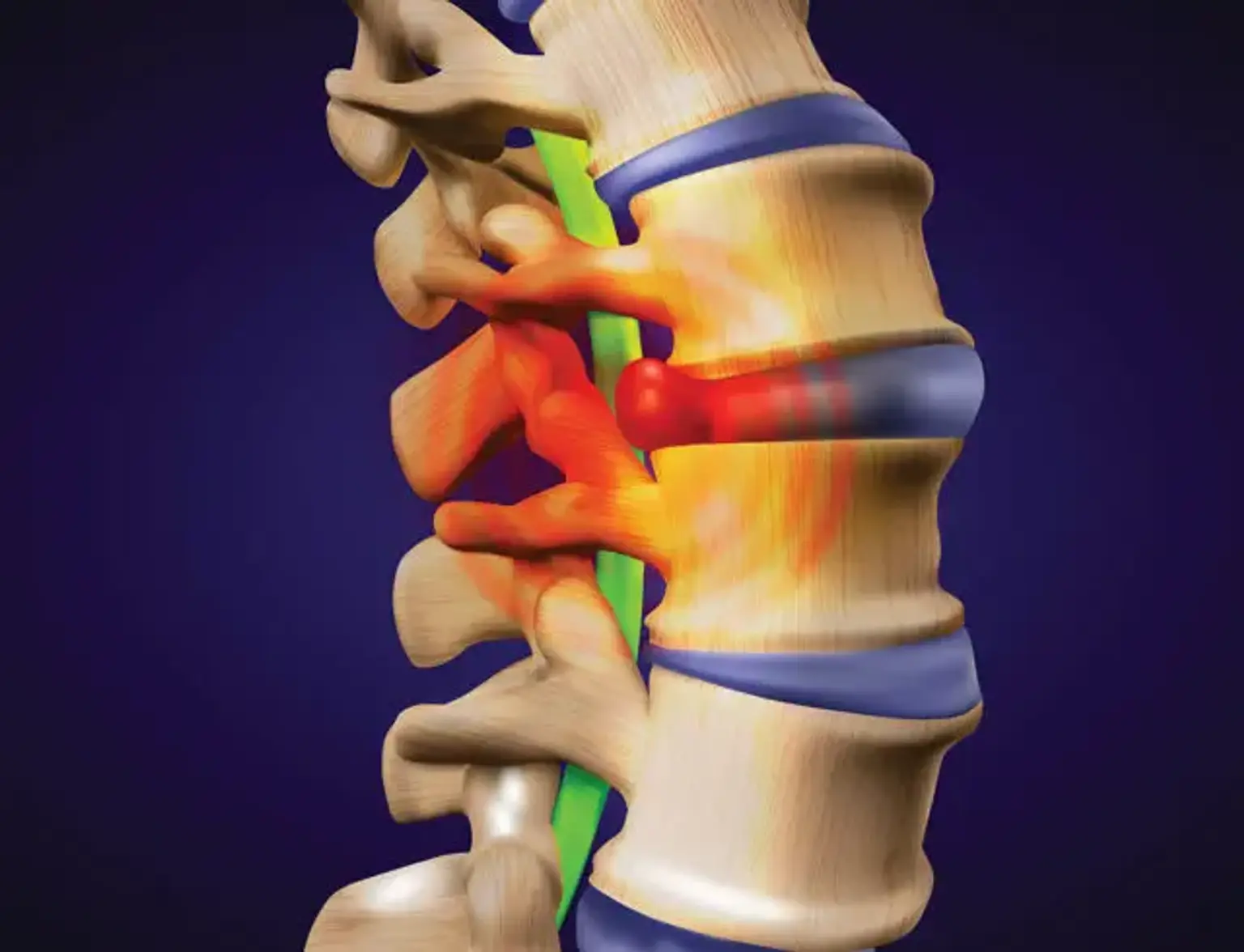Discectomy
Discectomy refers to a type of surgical procedure to correct or remove the herniated disc in the spinal cord. The damaged herniated disc can cause irritation or compression on the surrounding nerves. Therefore, the treatment procedure aims to remove parts of the herniated disc to ease pressure exerted on the spinal nerve column.
The spinal column or the backbone comprises a chain of bones referred to as the vertebrae. The spinal cord runs via the spine. The bones play a significant role in protecting the spinal cord against any form of injury or trauma. The discs are situated in every vertebra to give support and cushioning. Major nerves known as the nerve roots run from the spine via small holes within bones (foramen).
